|
Last night as Doug and I were walking back from setting up the moth trap we had seen several bright bio-luminescent insects flying around us. They were rather like fireflies but much brighter. Doug told me these were Cocujos or Fire Beetles Pyrophorus noctilucus When we caught one I was surprised to find that they are in fact a click beetle about 45mm long, so much bigger than any click beetle we get back home in UK. This is the apparently the brightest bio-luminescent insect in the world and has a brightness of 45 millilamberts. They possess two glowing green spots on the pronotum and a third glowing spot on its abdomen that only becomes visible when the beetle flies. We took some quick photos of moths that we hadn't seen before. There weren't many, perhaps it had been a little breezy during the night or maybe there had been a power cut. The guard at the security gate where we plug in for power chatted to us and told us that during the evening he had been bothered by a couple of drunks that were starting to make a bit of trouble when they spotted the moth lamp. What is that they asked. With a bit of quick thinking he replied that it was a ghost-buster! Many people in Cuba are quite superstitious and that was the case with these guys and they rapidly scarpered muttering to themselves! Down the road at 'butterfly corner' there were 3 Antillean Mapwing Hypanartia paullus, 1 Frosty Flasher Astraptes habana, and 2 Green Flasher Astraptes talus. and a Caribbean Sailor Dynamine serina. It is not a good place for photography as the ground slopes away rapidly making it impossible to get close so all the shots taken here are from some distance away. Then a new butterfly appeared and I quickly recognised it as a Caribbean Yellow-tipped Flasher Astraptes anaphus. It stayed just a few seconds and then disappeared never to be seen again. This was quite an exciting find as it is rare and perhaps the first time that it has been photographed in the wild in Cuba. The subspecies anausis that occurs here in the Caribbean lacks the broad yellowish band on the trailing edge of the under-hindwing that is found in the Continental subspecies. The foodplant Lablab purpureus grows not far from the hotel and we searched it later for larvae but couldn't find any. Next to the road there is a small concrete pit with no cover and the walls are useful height to sit on. Whilst doing so Chico had noticed a Cuban Lesser Racer Caraiba andreae peering in through a hole in the pit wall. And while sitting there Lynn spotted a Cuban White Ganyra menciae which settled not too far away on the vegetation. It is rare to see them settle so nice to be able to take some pictures. We then went for a walk along the old Guanayara road with Chico coming along behind in the vehicle. There were lots of butterflies, we saw 46 species today and I was interested when three locals came past. They had been having a successful day hunting and fishing and would not go hungry tonight. One of them was carrying a dead Jutía which I think was a Desmarest's Jutía Capromys pilorides and the others were carrying a substantial quantity of fish which they had caught in Lake Hanabanilla. We also saw two adult male Indigo Bunting feeding in some bamboo. Yasiel picked them up first on call and I got quite a good view of them but no pictures unfortunately. They are normally only a winter visitor or transient in Cuba and so Yasiel was very surprised to see them here in mid-summer. Back at the hotel in the afternoon we later went for a walk along the little trail where there were several dragonflies including two that are new species for us, and Doug also found some eggs of the Green Flasher Astraptes talus.
0 Comments
Leave a Reply. |
Welcome to our Blog
Here we will post interesting news about what we and others have seen in Cuba. Archives
July 2024
Categories |
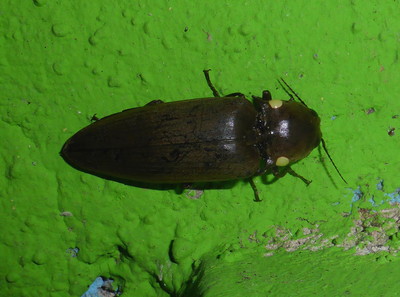
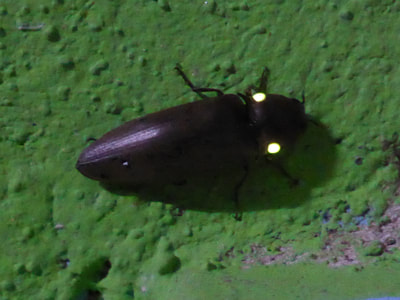
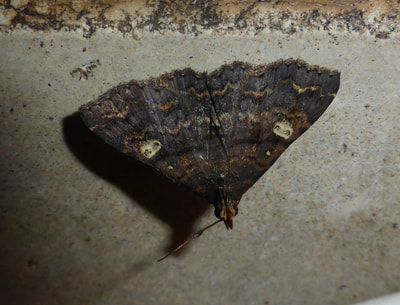
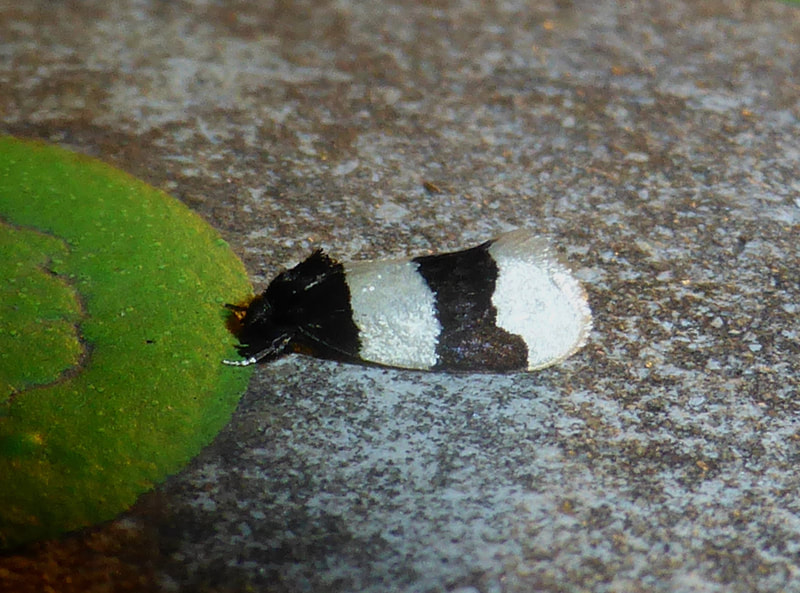
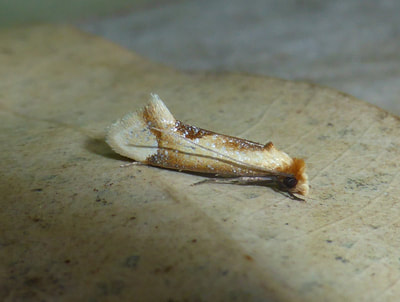
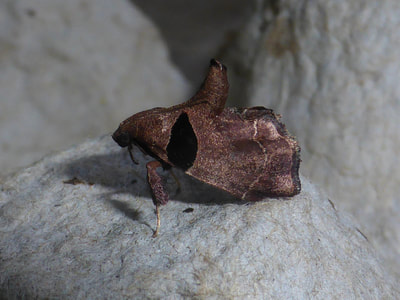
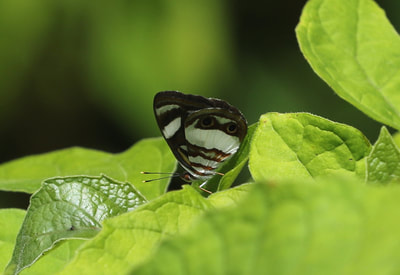
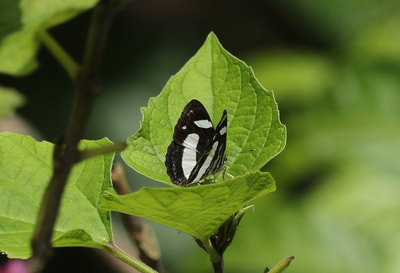
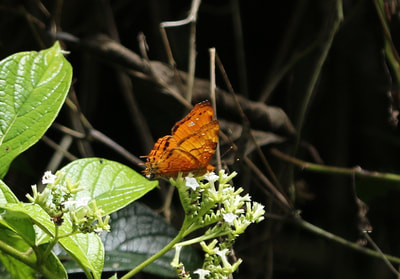
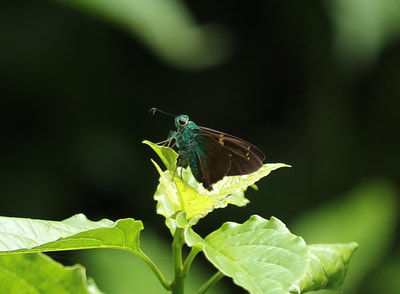
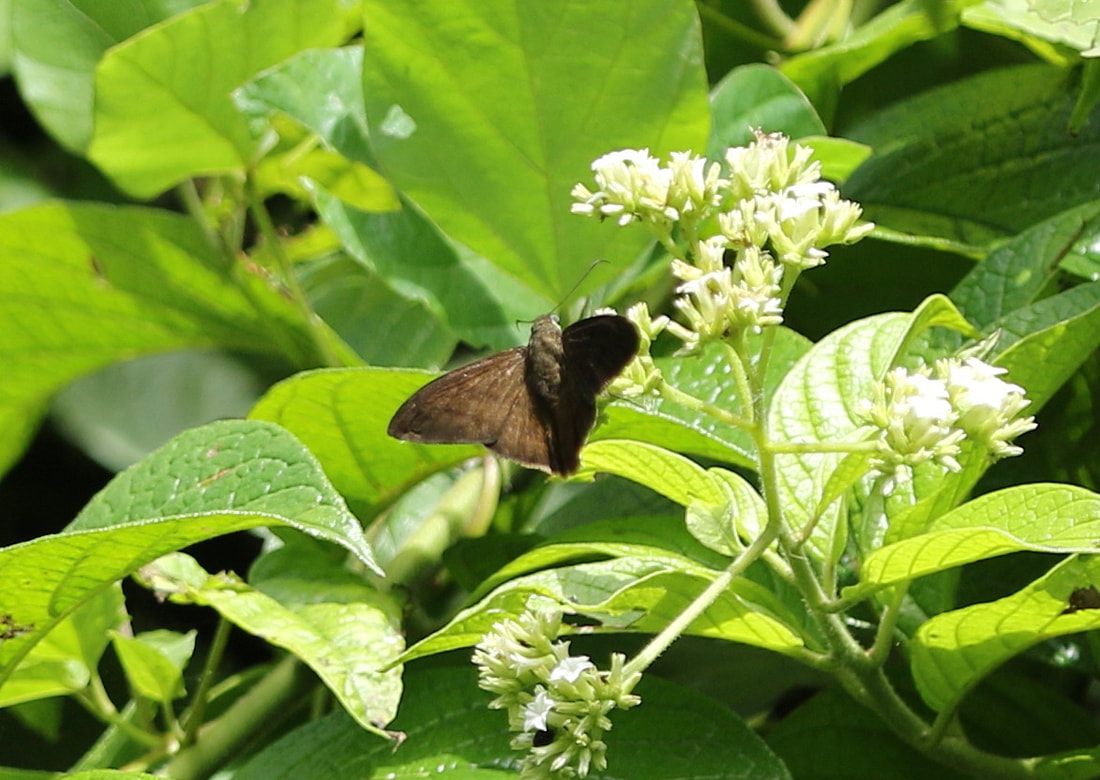
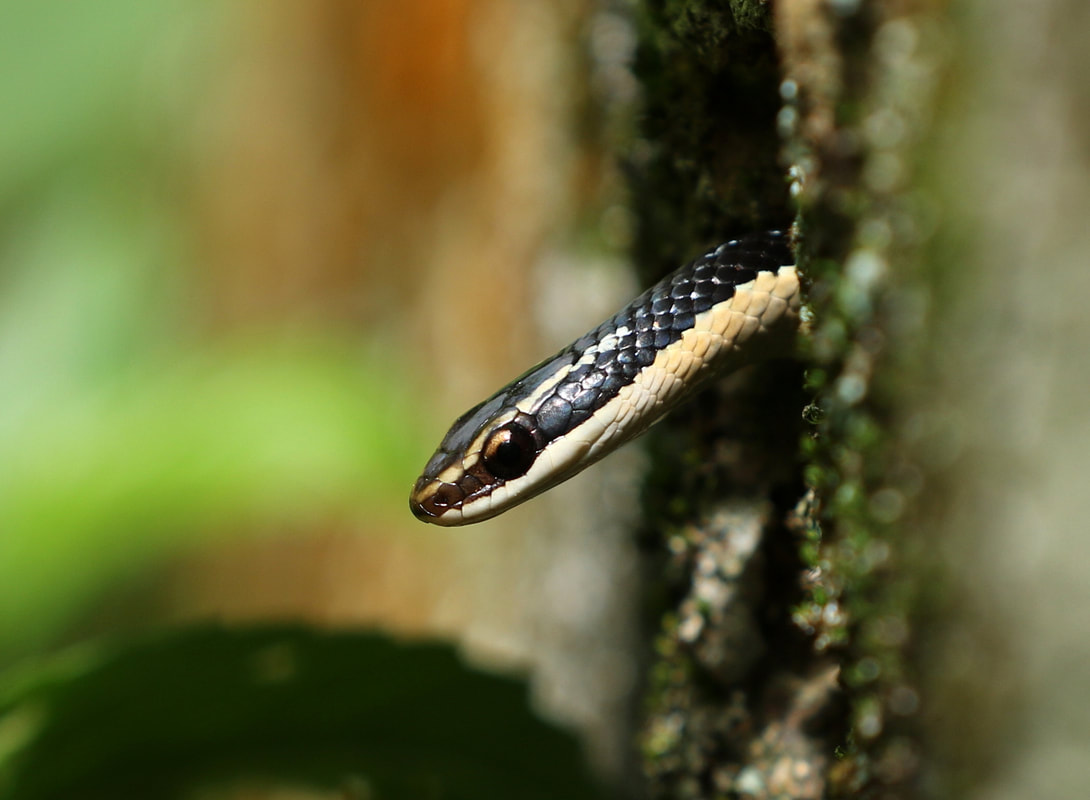
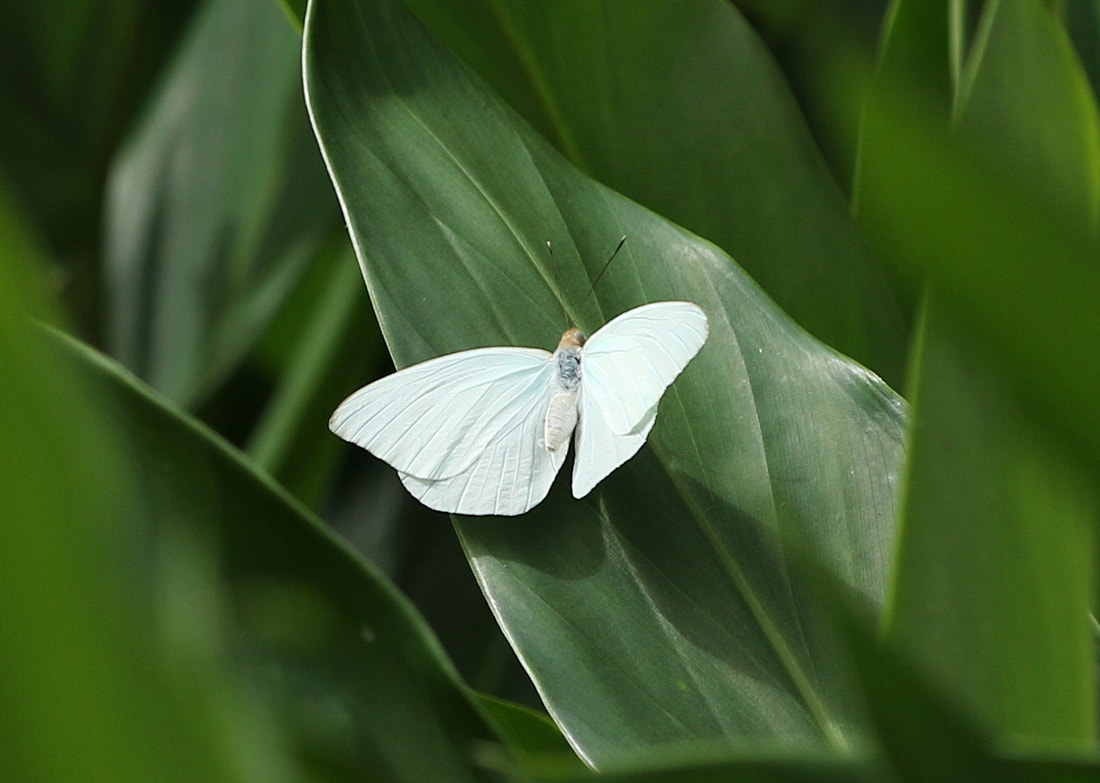
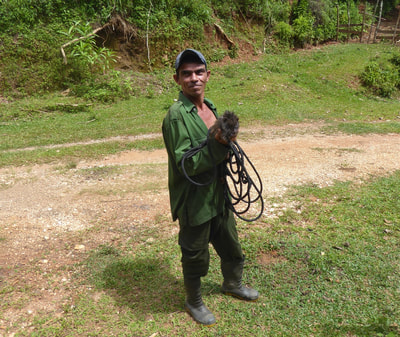
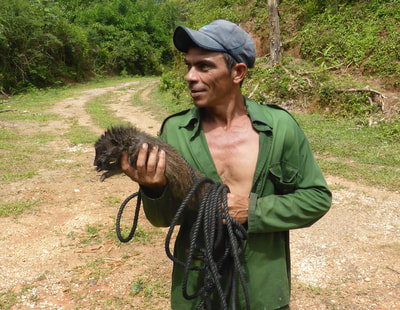
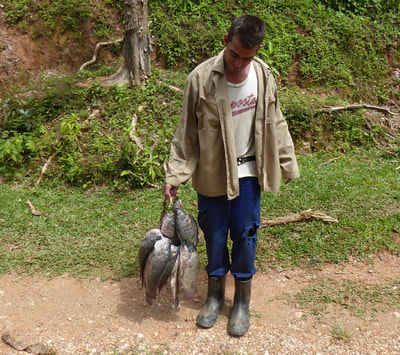
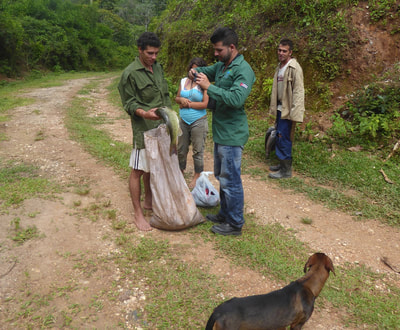
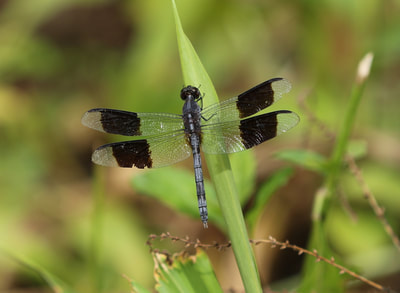
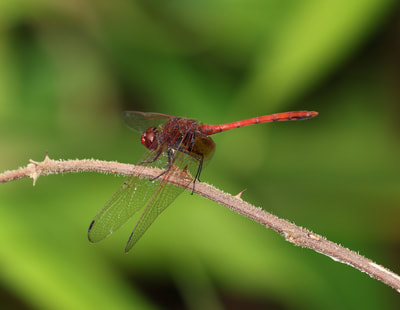
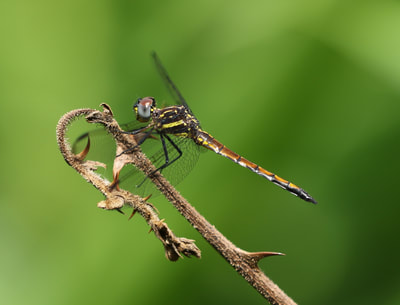
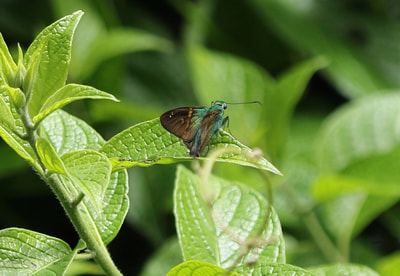
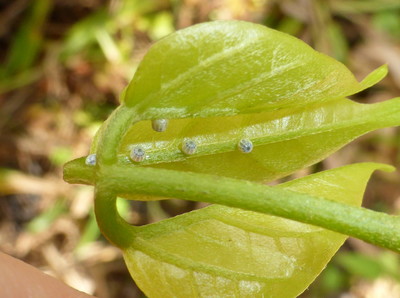
 RSS Feed
RSS Feed